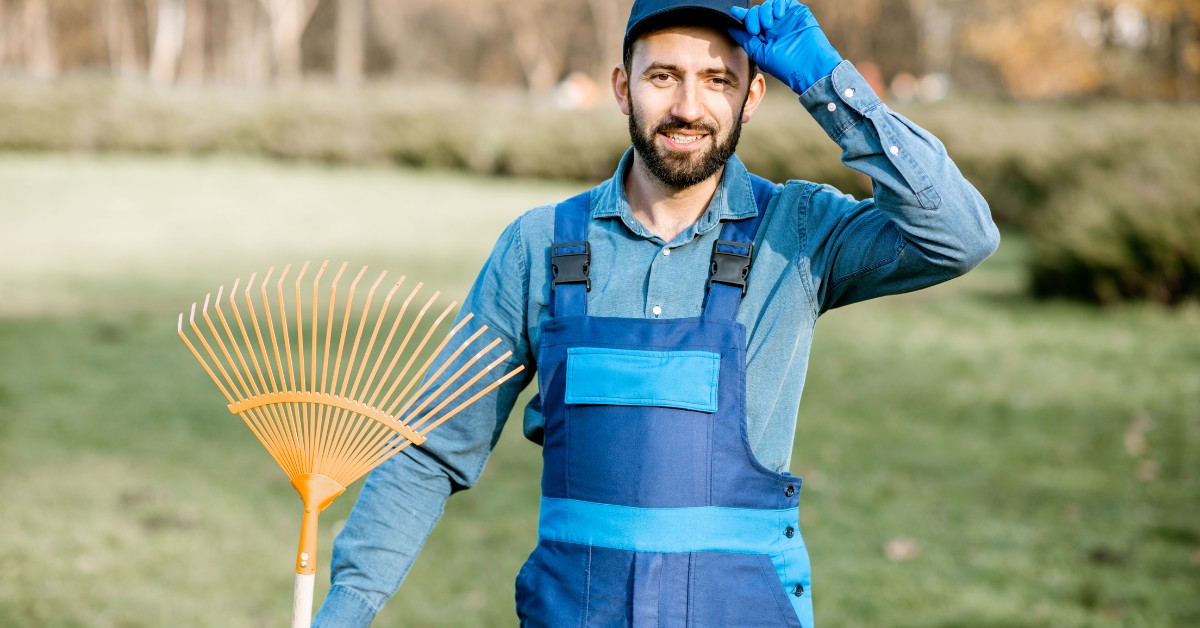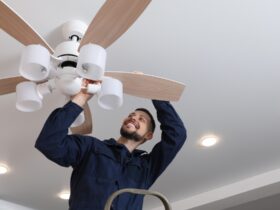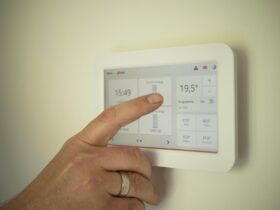For those new to lawn care, the best choice is usually a push lawn sweeper because it is simple to use, easy to move, and does not require attaching to a tractor or mower. A push lawn sweeper works well for small to medium-sized yards, picking up leaves, grass clippings, and light debris without much effort. It helps save time compared to raking and can make the whole lawn look tidier in less time.
Anyone looking to keep their yard clean without a lot of fuss can try a push lawn sweeper, which is light enough for most people to handle. To explore different push sweepers, check out this helpful selection of options. Choosing this type of tool gives beginners a gentle start in lawn care and helps make the learning curve less steep.
Choosing the Right Lawn Sweeper for Beginners
Choosing a lawn sweeper as a beginner can feel easier when you know the main types, their differences, and which brands or models are best for those just starting. Learning these basics can help new users keep their lawns clean without extra hassle or wasted money.
Understanding the Different Types of Lawn Sweepers
There are two main types of lawn sweepers: push sweepers and tow-behind sweepers.
Push lawn sweepers are smaller and are powered by pushing them, much like a traditional lawn mower. They work well for small to medium lawns and can pick up leaves, grass clippings, and small debris.
Tow-behind sweepers attach to a lawn tractor or riding mower. They have a larger capacity, making them better for bigger yards or heavier debris. For beginners with a small yard, a push sweeper is easier to use and store.
The main parts of any sweeper include the brushes, a debris hopper, and adjustable height settings. Quality sweepers, such as models from Agri-Fab or Brinly, use sturdy materials for longer use.
Manual vs. Motorized Sweepers: Pros and Cons
Manual (push) lawn sweepers are simple to set up and affordable. There is no need for gas or batteries. They are also lightweight and easy to turn. These sweepers work best on flat, even ground and lighter debris.
| Push Lawn Sweeper | Tow-Behind Sweeper | |
| Power | Manual | Tractor-powered |
| Cost | Lower | Higher |
| Storage | Easy | Needs more space |
| Best For | Small lawns | Large lawns |
Motorized or tow-behind sweepers cover more ground quickly and can pick up larger amounts of debris, such as sticks or pine needles, in less time. However, they require a tractor or ride-on mower, cost more, and need more storage space.
Top Models and Trusted Brands for New Users
Beginners often look for lawn sweepers that are easy to assemble, use, and maintain. Many recommend Agri-Fab push lawn sweepers for their clear instructions and lightweight design. Brinly also offers user-friendly models with adjustable heights and sturdy brush systems.
Push lawn sweepers from these brands usually include a wide sweeping path and large hopper, so new users can collect more debris in fewer passes. They are also easier to maneuver around flower beds or edges.
For those with larger lawns and access to a tractor, tow-behind sweepers from these makers are popular due to bigger debris capacities and fewer trips to empty the hopper. Both brands provide good customer support and widely available replacement parts. Beginners often rate these features as helpful when learning to care for their lawn.
Important Tips for Effective Lawn Sweeper Use
Learning to use a lawn sweeper can help keep the yard healthy, improve the look of the grass, and make regular lawn care easier and less tiring. The right techniques, proper timing, and smart habits all play a role in making the most of this tool.
When and How to Use a Lawn Sweeper
It is best to use a lawn sweeper when the grass is dry. Wet grass, leaves, and other debris can stick together and clog the brushes or the collection bag.
The key times to use a lawn sweeper are right after mowing, during heavy leaf-drop in autumn, and before applying grass seed. Moving the sweeper in straight, overlapping lines helps make sure all debris is picked up. If the lawn has a lot of leaves or clippings, moving slowly gives the brushes time to grab everything.
Most sweepers work by being pushed manually or towed behind a lawn mower. Adjust the height to match the grass length for better results. For uneven ground, check that the brushes can still touch the surface.
Collecting Leaves, Grass Clippings, and Debris
A lawn sweeper is designed to handle leaves, grass clippings, and light debris such as small twigs or pine needles.
Collection Tips:
- Empty the collection bag or hopper often to avoid clogs.
- Check for any large sticks or stones before sweeping, as these can damage the brushes.
- To collect small debris, lower the brush setting, but don’t go so low that it digs into the soil.
After sweeping, collected leaves and grass clippings can be composted or used as mulch. This turns yard waste into something useful for the garden.
Using a sweeper after mowing collects clippings that might block sunlight or water from reaching new grass seed.
Integrating a Lawn Sweeper Into Your Lawn Maintenance Routine
Sweeping regularly keeps the lawn looking neat and supports healthy grass growth. It’s helpful to sweep after mowing and whenever leaves start to cover the yard.
Make a simple schedule, such as once a week during the growing season and more often in the fall. Clean up after storms to remove extra debris before it harms the grass.
Pair sweeping with other chores, like mowing, watering, and fertilizing. Picking up clippings and leaves helps grass seedlings get more light and grow thicker.
A sweeper makes yard work faster, so it’s easier to keep up with regular lawn maintenance.
Common Mistakes to Avoid for New Homeowners
One of the most common mistakes is using a sweeper when the grass or leaves are still wet. This causes clogging and can damage the machine.
Failing to empty the collection bag in time leads to jams that may require extra cleaning or repair.
Another mistake is setting the brushes too low, which can make the sweeper dig into the soil and pull up healthy grass or grass seed.
New users sometimes ignore obstacles like rocks or tree roots. These can break the brushes or cause uneven sweeping.
Forgetting to clean the sweeper after each use can reduce its lifespan. Regular checks and basic cleaning keep the sweeper ready for next time.
Conclusion
A lawn sweeper can help beginners keep their yards tidy with less effort than using a rake. For those new to lawn care, a push lawn sweeper is simple to use and does not need special attachments. It works well for small to medium yards and handles leaves, grass clippings, and light debris.
Tow-behind models are better for larger spaces if a user already owns a lawn tractor. Both types save time and lower the amount of bending and hard labor needed.
Key features to look for:
- Easy-to-empty hopper
- Sturdy brushes
- Adjustable height settings
Choosing the right lawn sweeper makes yard work quicker and encourages neat, healthy lawns.







Leave a Reply